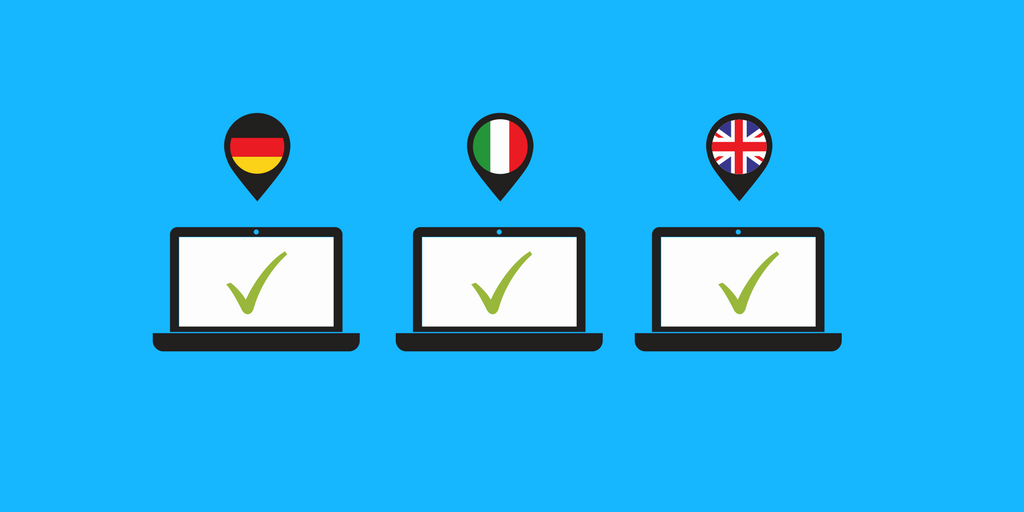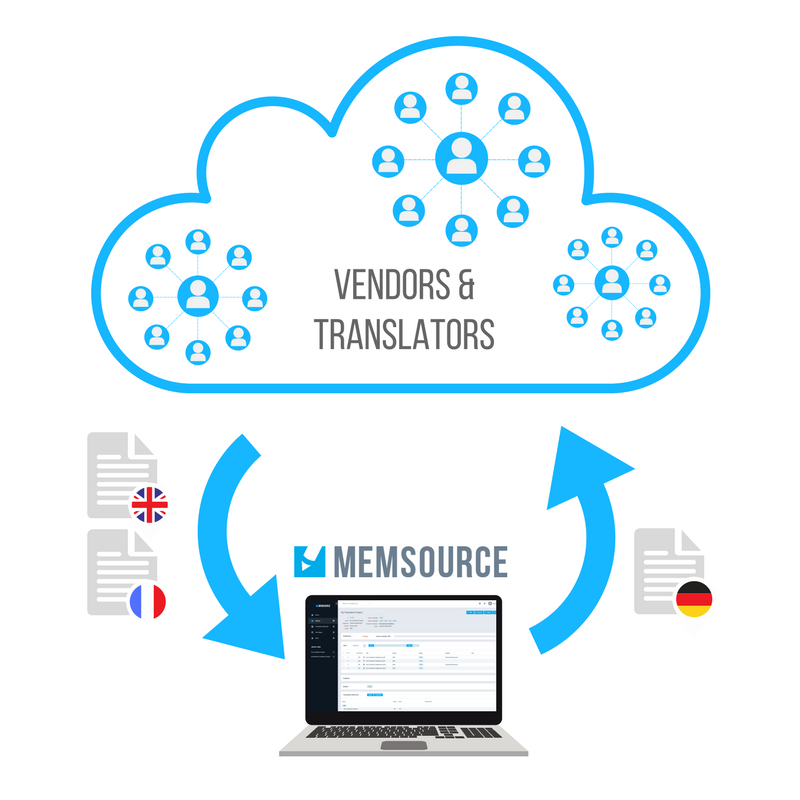
Blog
Machine Translation Report
What is the optimal MT Engine for you? Find out in the latest MT Report by Memsource.

Producing high-quality translations is essential regardless of the content, but in some cases, a poor quality translation can have dire consequences.
In one case, 47 people received an incorrect prosthesis due to a translation error on the label. The prosthesis was available in two types, with or without cement. The label, which read ‘non-modular cemented’ in the source text (with cement), was incorrectly translated into ‘non-cemented’ or ‘without cement’ leading to the painful mistake that could have been avoided.
One way to avoid these kinds of mistakes is with strict terminology management. With translation memory and term bases, a CAT tool is an invaluable resource for translators and language service providers alike, ensuring accurate and consistent translations.
We’re getting ahead of ourselves though – let’s talk about what these words mean first.
What is Translation Memory?
Translation memory is a database consisting of original source text and its respective translated segments that can be automatically reused when translating similar or identical content. The more you translate, the more this database grows. Translation memory (TM) is especially effective when source texts use identical or similar phrases, which is often the case with legal, financial, technical, and medical documents. It’s also useful for updating documents or making small changes since the majority of the translated text can be reused from the translation memory.
With translation memory, once a segment has been translated and confirmed, it is automatically added to the database and will be automatically reused if the same or similar segment is detected. In Memsource, the translation memory feature suggests translation matches that range from 101% matches - meaning the content and context of a segment exactly matches the one stored - to fuzzy matches (1-99%) where the content and context differ. Fuzzy matches vary depending on how closely the segment matches the one stored in the translation memory. To maintain quality, consistency, and coherence, it is important for a translator to check all matches below the 101% match.
.png)
In the Memsource Editor - available matches are displayed in the CAT pane. Green indicates 101% and 100% matches, orange indicates fuzzy matches, and an underlined score indicates machine translation matches with the score or AI-powered Non-translatables. Yellow is reserved for terms.
What is a Term Base?
A term base - short for terminology database - is a bilingual or multilingual database which can be used for storing industry-specific and company-specific terminology, and technical terms to be used in translation projects. Term bases (TB) are vital in translation as a single word or term in one language can have multiple accepted meanings in another language. Incorrect, inconsistent, or ambiguous terminology reduces the readability of documents leaving the texts open to misunderstanding or resulting in critical errors like the medical situation described earlier. Having a database of a company’s or industry’s approved preferences will ensure that projects will be technically and stylistically consistent.
Term bases enhance consistency by providing a readily available list of approved terminology for all internal and external translators. They can see not only which terms should be used, but also which terms are new, approved, or preferred, and which ones are forbidden and should be avoided completely. Translators no longer have to waste precious time researching industry-specific terms or run the risk of using a forbidden term as it will be in the term base and will appear in the CAT tool.
Furthermore, it reduces the use of ambiguous terms which improves the overall clarity of the translations. For example, the German word ‘Abkommen’ can have the approved translation as ‘agreement’ and can have ‘deal’ set as a forbidden term as it could be too informal for the company language. If the translator uses a forbidden term, it will be indicated in the CAT panel, ensuring that the correct terminology is used. The use of correct terminology can also be ensured by Quality Assurance features.
Stop, Collaborate, and Maintain
Because Memsource is a cloud platform, translation memories and term bases can be shared with all users working on a project. If changes are made to the term base or a segment is added to the translation memory, it will be available instantly and users won’t have to wait around for updates. Users can also make comments and share suggestions about the translations and terminology. Regardless of who is working on a project, terminology will be consistent and collaboration will be more harmonious.
Since language is constantly evolving, maintaining term bases and translation memories is vital. Reviewing and approving new and updated terms should be done regularly by authorized users. Editing translation memory and term bases can be securely managed by limiting user rights to just a project manager or admin, or a lead linguist in a target language. As Aristotle said, ‘Quality is not an act, it is a habit’, so to guarantee the best output, reviewing and maintenance should be routine.
Used together, translation memory and term bases make terminology management more streamlined and effective. They reduce the risk of uncertainty and inconsistency, and of course, reduce the risk of possible medical mishaps.



